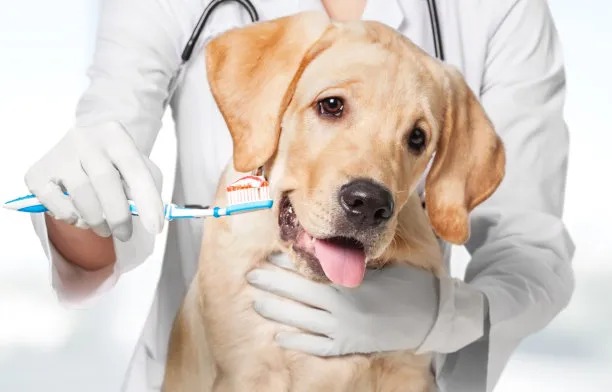The Essential Guide to Extracting a Tooth Safely and Effectively for Optimal Oral Health Results
Summary: Extracting a tooth is an essential procedure that should be approached with care to ensure optimal oral health outcomes. This guide offers insight into the essential steps for safely and effectively extracting a tooth, whether it is due to decay, infection, or overcrowding. Focusing on the preparation required, the extraction process itself, aftercare, and when to seek professional help, this article aims to provide readers with comprehensive knowledge. By applying the advice shared here, individuals seeking to undergo extraction can understand how to minimize pain and complications, leading to healthier dental futures.
1. Preparing for a Tooth Extraction

Before a tooth extraction, proper preparation is crucial for a successful outcome. First and foremost, a thorough consultation with a dentist is necessary. In this initial meeting, the dentist will examine the tooth and determine the most suitable course of action. Including X-rays in this process can help understand the tooths roots and surrounding bone structure, allowing for better planning.
Secondly, patients should disclose their full medical history, including any medications they are currently taking or conditions they might have. This information ensures the dentist can identify potential complications that may arise during the procedure and plan accordingly. Discussing feelings of anxiety or fear can also help the dentist provide the necessary support, possibly through sedation options.
Lastly, it is important to adhere to pre-extraction guidelines. This may include fasting for several hours if sedation is being used, or refraining from smoking, as these practices can affect healing and increase risks during the extraction.
2. Understanding the Extraction Procedure
The extraction procedure typically follows a standard protocol aimed at ensuring patient safety and comfort. Initially, the dentist will administer a local anesthetic to numb the area surrounding the tooth. In some cases, general anesthesia or sedation may be recommended, especially for complex extractions or anxious patients. It is essential that patients communicate any discomfort during this stage so that adjustments can be made.
Once numbness is achieved, the dentist will carefully loosen the tooth from its socket using specialized tools. The approach might vary depending on the tooth type—simple extractions are often straightforward, while surgical extractions may involve incisions in the gum. Employing the correct technique is vital to reduce trauma to the surrounding tissues.
After the tooth is removed, the dentist will clean the extraction site and may place sutures if necessary. They will then apply gauze to the area to control bleeding, giving patients guidelines on how to manage post-extraction care at home.
3. Aftercare for Optimal Healing
Post-extraction care is paramount to ensure optimal healing and minimize complications. Initially, it is crucial to follow the dentists instructions regarding gauze and bleeding management. Patients should bite down gently on gauze for a few hours to help form a blood clot at the extraction site.
Once bleeding has stopped, the next step involves managing pain and swelling. Over-the-counter pain medications can be effective; however, it is essential to avoid aspirin, as it can thin the blood. Applying ice packs to the face for the first 24 hours can also help reduce swelling and discomfort.
Additionally, it is important to follow dietary suggestions post-extraction. Soft foods are recommended during the first few days, avoiding anything hot, spicy, or crunchy that might disturb the healing site. Staying hydrated and practicing good oral hygiene while being cautious around the extraction site will further aid in the healing process.
4. When to Seek Professional Help
While most tooth extractions heal without issues, it is sometimes necessary to seek additional professional help. Certain symptoms can signal potential complications, such as prolonged bleeding or severe pain that persists beyond a few days. Patients should be vigilant for signs of infection, including fever, swelling, or pus discharge.
If complications occur, contacting the dentist immediately is essential for timely intervention. Ignoring these symptoms can lead to further health problems and prolong recovery. Regular follow-up appointments may also be necessary to ensure that the extraction site is healing correctly and that no complications are developing.
Lastly, even if everything appears to be healing well, those who experience persistent anxiety about their oral health should feel encouraged to consult with their dentist about these feelings. Open communication can lead to reassurance and proper management of any concerns.
Summary:
This guide emphasizes the importance of thorough preparation, understanding the extraction procedure, diligent aftercare, and knowing when to seek further assistance. Each component plays a crucial role in ensuring a successful tooth extraction that promotes optimal oral health. Taking the time to educate oneself leads to a more comfortable experience and aids in effective recovery.
This article is compiled by Vickong Dental and the content is for reference only.



